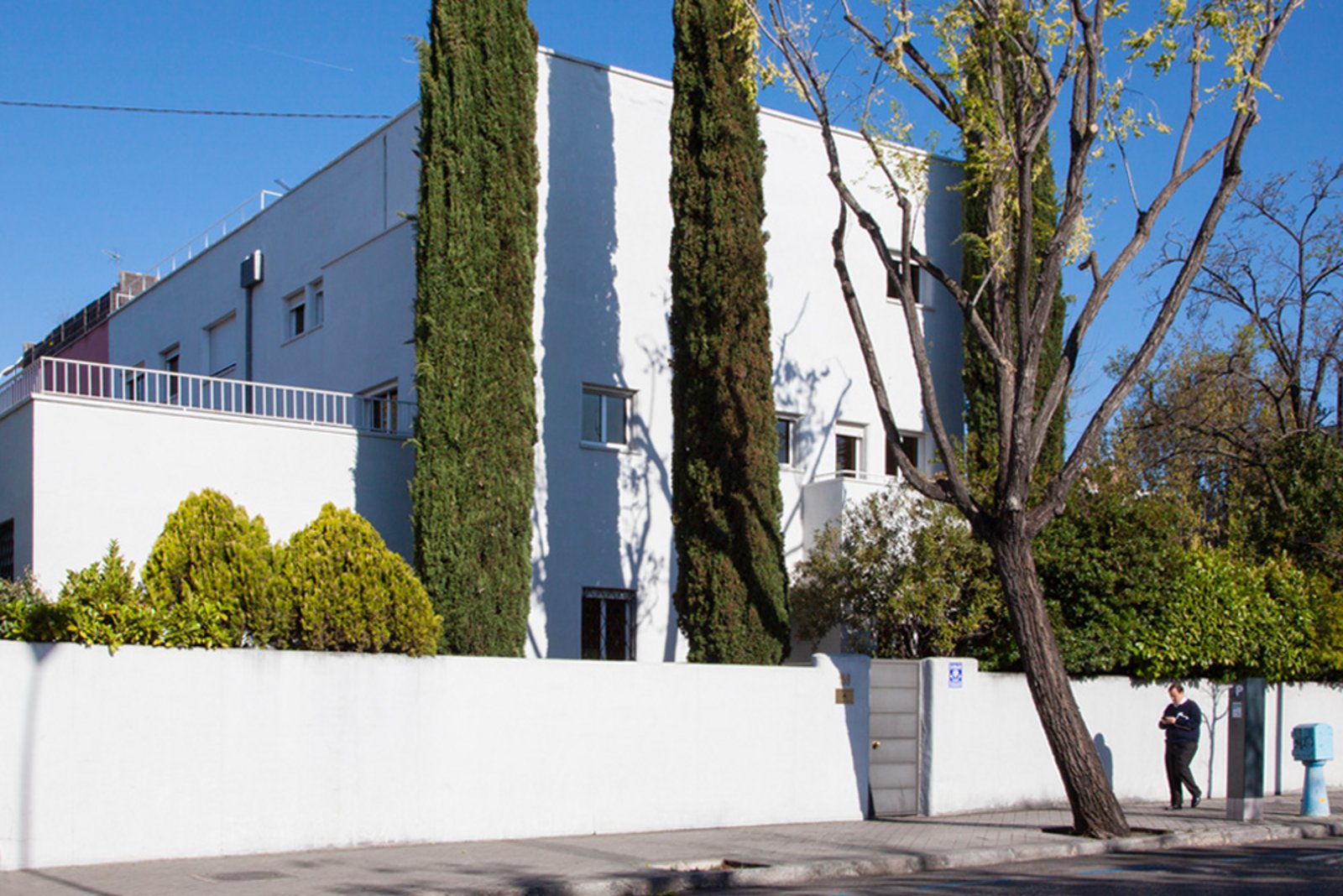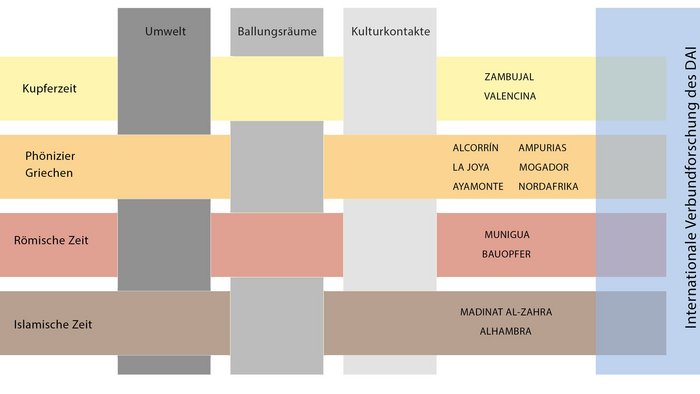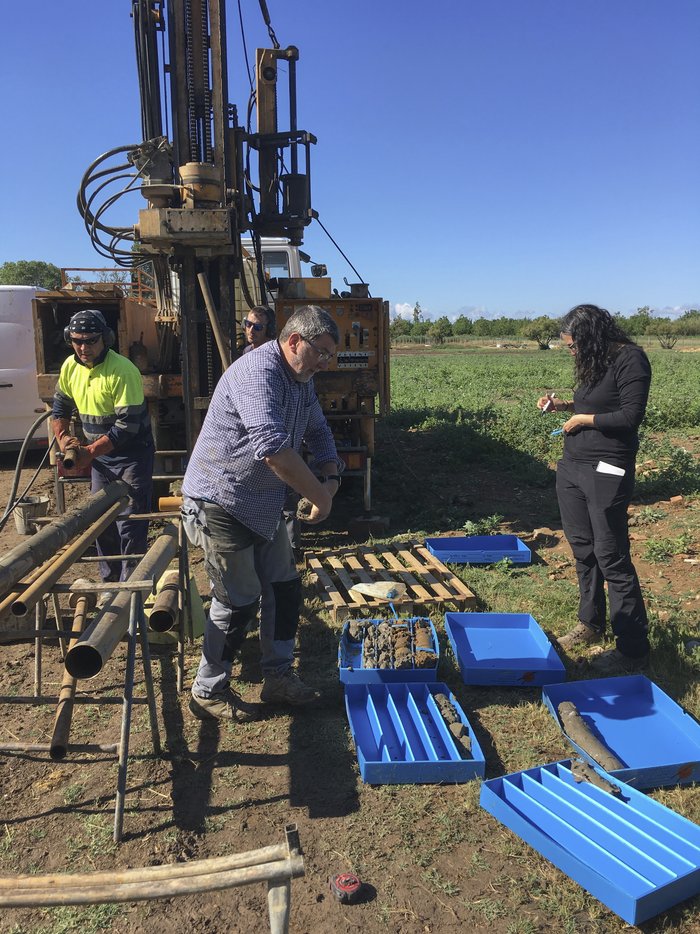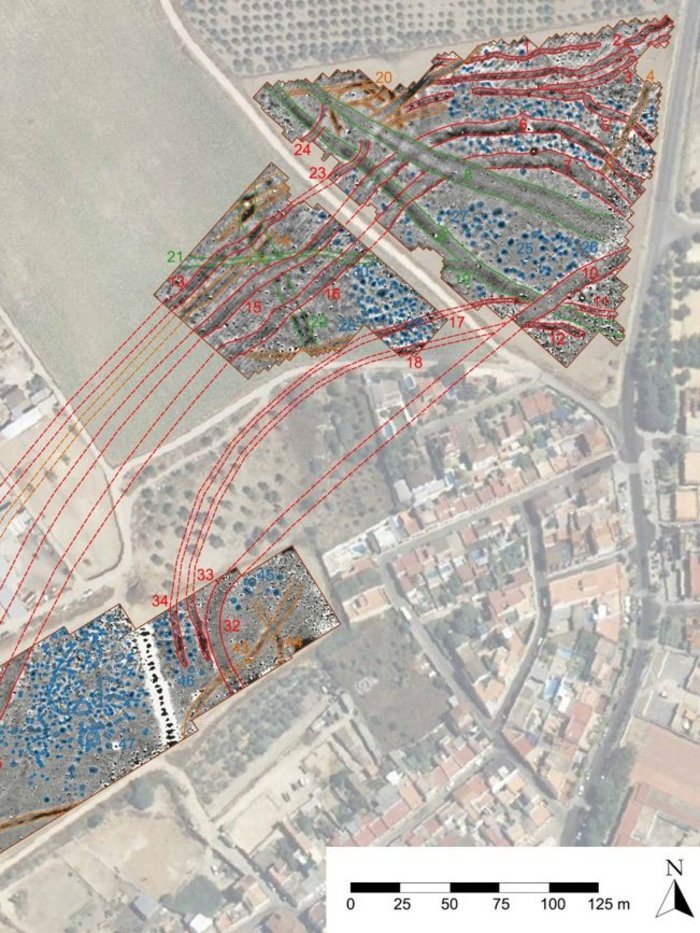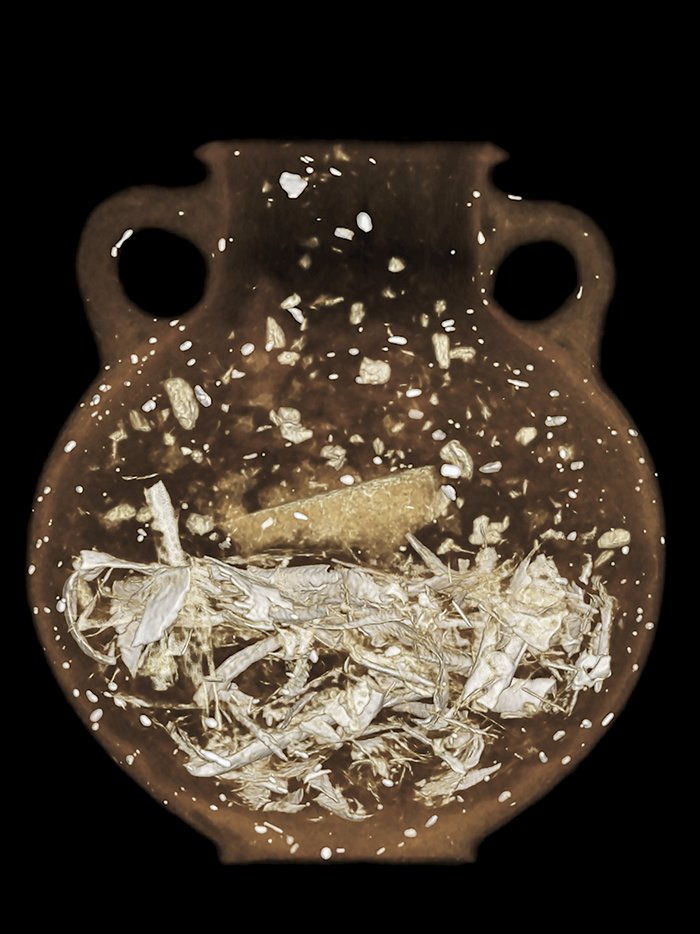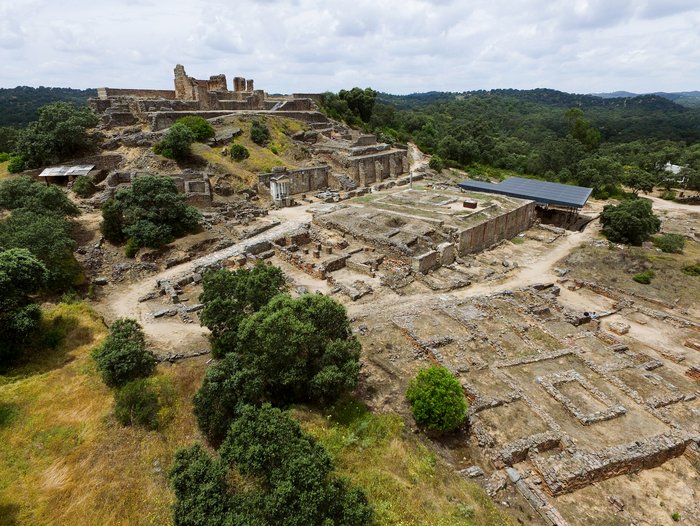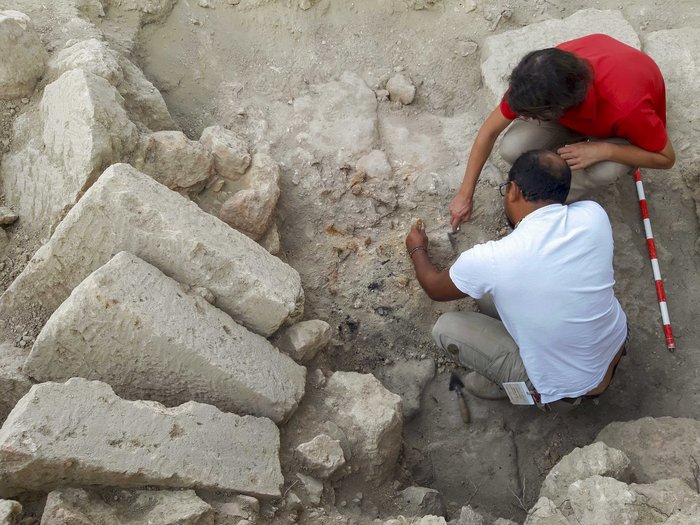Topics &
Outlook
Current research at the Madrid Department focusses on environmental and cultural changes, settlement and natural environments through history, as well as cultural contacts and their ensuing consequences.
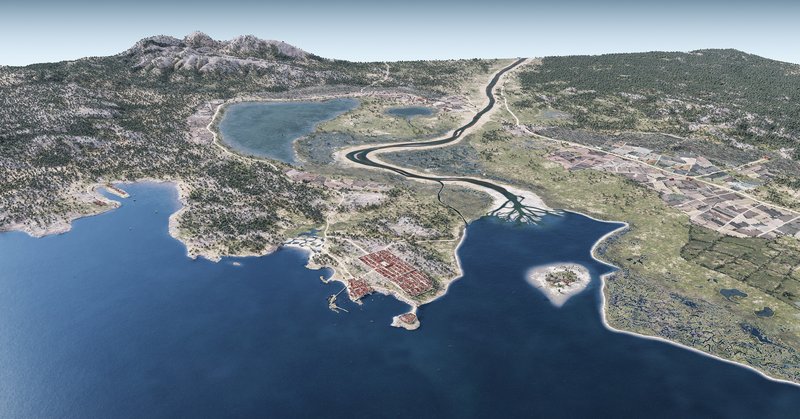
Im Rahmen des Projektes Groundcheck konnte die historische Entwicklung der Landschaft im Umfeld der griechischen Siedlung Ampurias im Detail rekonstruiert werden © DAI, Virtus Magic // D. Baños
Environmental and cultural change
One of the challenges of archaeology is to determine the extent by which environment and its changes impact people's livelihoods and cultures and vice versa, to which extent humans in their own turn are responsible for environmental changes.
Alterations of habitats and climate have caused renewed challenges for mankind throughout history, and thus have been behind innovations, ranging from the development of new settlement and economic areas to that of novel technologies. Climatic change has been associated repeatedly with crop failures. The department's geo-archaeological research, which began in the 1980s and focusses on the transformation of the Iberian Peninsula's Mediterranean and Atlantic coastlines, especially in the vicinity of colonial settlements, furnish large databases of experience and knowledge on the mutual impacts of man and his environment. With the rapid progress of methodologies and extended approaches, new projects continue to build on the still solid foundations of traditional research. The most recent example is the Ampurias-Groundcheck project (since 2020) which not only investigates the past but also is much concerned with present and future occurrences.
The department's projects, which in chronological terms distribute widely from the Neolithic to the Roman Empire, further comprise case studies on the relationships between man and his environment through the Iberian Peninsula and Morocco. In this respect, Sizandro-Alcabrichel, Zambujal and Valencina de la Concepción shed light on the 6th-3rd millennium; Los Castillejos de Alcorrín, Ayamonte, Mogador, Ampurias and Ullastret also for the 9th-1st century BC; Munigua for the 1st-4th century AD; and finally Monteagudo for the 12th century AD. Silted-up bays and landlocking processes have indeed evidenced. The archives also led to the identification of climate indicators, although only in few instances, since the preservation of conclusive samples was rarely given.
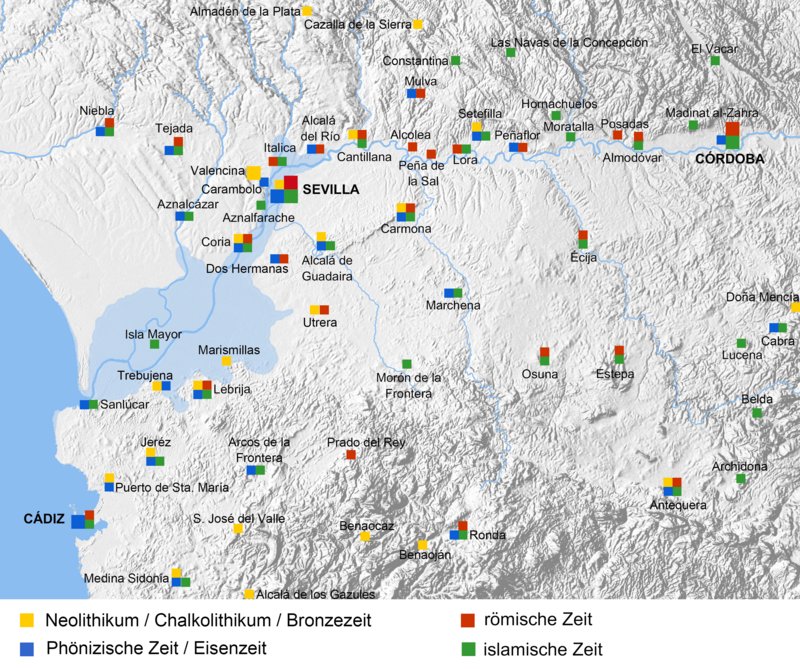
Die Projekte der Abteilung Madrid im Tal des Guadalquivir eröffnen die Möglichkeit, die kulturelle Entwicklung der Region in ihrer historischen Tiefe in den Blick zu nehmen. Hier eine Kartierung von Fundplätzen vom Neolithikum bis in islamische Zeit © DAI // Elisa Puch
Settlement and natural environment through history
Building on many years of studies on the relationships between centre and periphery and also ancient economies and technologies of Iberian Peninsula cultures, investigating the connection between settlement and natural environment is increasingly evolving to one of the department's new research focuses. A particularly significant example is the Lower Guadalquivir Valley, which shows how the environment with its particular topography, natural conditions and resources were exploited at different times, and to what extent these uses lead to conclusions about the respective cultures. Humans have been living in the relatively restricted region of the Lower Guadalquivir for over five millennia. For some periods, tendencies of conurbation become palpable. Such phenomena may furnish prospects for investigating cultural developments in historical contexts. In other words, which were the factors that led to the emergence of this conurbation at the interface between the Atlantic and the Mediterranean on the one hand and between Europe and Africa on the other? How did this settlement area organise over time? What factors were behind the shift of centrality? Which were the consequences of the specifics in the Guadalquivir Valley for the cultural development of the region as a whole? How far did the range of its appeal reach, and what were the driving forces?
Overarching issues articulated at the department are highlighted by the excavations at three important sites: Valencina de la Concepción, Munigua and Córdoba (Alcázar and Madinat al-Zahra).
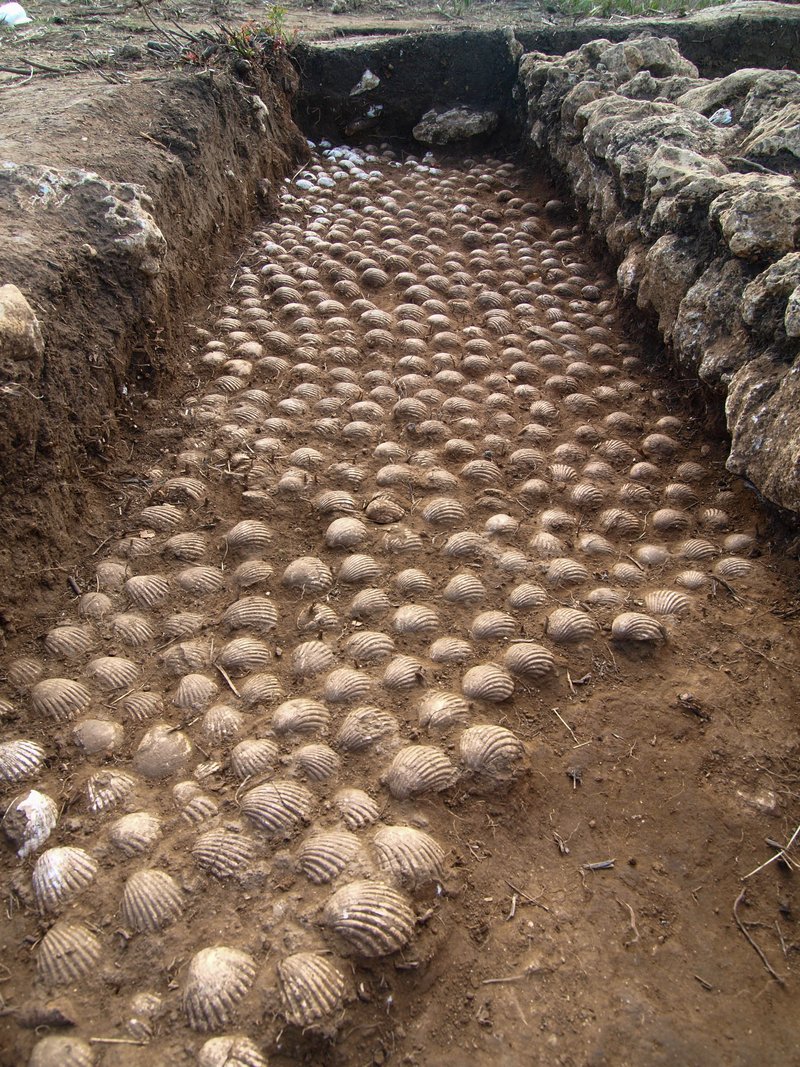
Die Interaktion zwischen Phöniziern und Einheimischen stand im Fokus der Grabungen in Alcorrín de los Castillejos (Spanien). Muschelfußböden sind charakteristisch für repräsentative Bauten der Region © DAI // John Patterson
Cultural contacts and their consequences
By its position, the Iberian Peninsula emerges as an interface between continents and seas. It is located at the edge of the old world and at the same time at the intersection between the Mediterranean oriented E-W and the Atlantic Ocean running N-S. Since early human history, interregional contacts have shaped the developments of the local culture, which in turn have impacted near and distant cultures. Identifying such contacts and investigating different forms of interaction, reception, and adaptation whilst defining their consequences for cultural, social, and economic developments in the region are the focus of a number of the department's projects. Their chronological and regional diversity opens to opportunities of interregional and diachronic research with regard to cultural contact.
The in particular advantageous location of the settlement at Valencina de la Concepción in the 3rd millennium BC provided access to both the nearby copper ore deposits and the surrounding rock crystal and chert sources that were processed at the site's workshops. It seems that surplus production of metal at the settlement may have led to economic prosperity. The discovery of exotic products of amber, ostrich egg shells, and both African and Asian ivory in local graves attests to the site's outstanding contacts with the outside world. The settlement had thus undoubtedly been integrated in a long-distance and complex network extending to North Africa and the Near East.
Data from basic research, especially from periods lacking own written traditions, give evidence of cultural contacts as for instance between Phoenicians and local populations in Iberia's southern coastal regions and Morocco from the 8th century BC onwards. The investigations in Los Castillejos de Alcorrín, Huelva, Ayamonte, and Mogador thus authenticate former links between individuals and groups of different traditions and origins that were marked by influences from spheres extending from the Iberian and African Atlantic coasts to the Near East.
Córdoba became a crossroads between different cultures under Islamic rule. Here, where Jews, Christians, and Muslims lived side by side, and where Near Eastern and North African immigrants mingled with the local descendants of Romans and Visigoths. Which are therefore the discernible influences from Syria, Persia, or even China in Córdoba's material culture, as traceable in architecture, ceramics, and metal production? In this respect, the field projects at Madinat al-Zahra and the Alcázar of Córdoba forebode entirely novel insights into the phase marked by a cultural transition between late antiquity and the medieval period and thus contribute to the understanding of Córdoba's role in the genesis of European culture.

